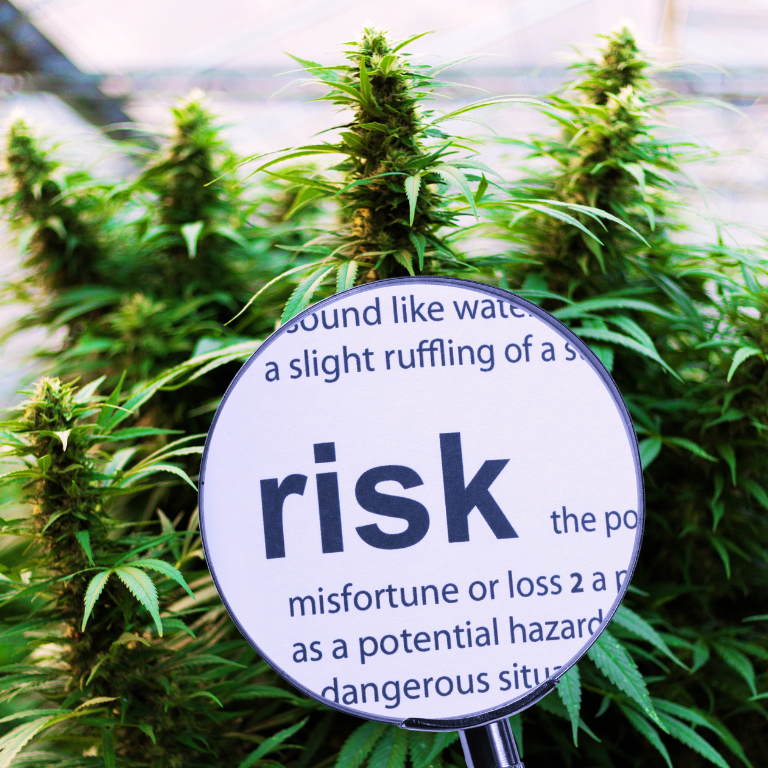The EPA Takes Action to Safeguard Cannabis Industry Post-Wildfire
As wildfires increasingly threaten communities across the United States, including cannabis-growing regions, the Environmental Protection Agency (EPA) has launched an ambitious new initiative focused on the removal of hazardous materials left behind by wildfires. This effort is particularly crucial for cannabis farms that often lie in the path of devastating wildfires, as contamination from toxic ash, burned chemicals, and debris can have severe consequences on crop health, safety, and market viability.
Impact of Wildfires on Cannabis Crops: The Need for Hazardous Material Removal
Cannabis crops, like other agricultural products, are extremely sensitive to environmental contaminants. When wildfires rage through regions where cannabis is grown, they leave behind not just charred remnants but also hazardous chemicals and toxic materials. These can include asbestos, pesticides, heavy metals, and other pollutants that pose a risk to both human health and the integrity of the cannabis industry.
For cannabis growers, wildfire aftermath often presents a double challenge: assessing the damage to crops while dealing with the toxic fallout. Toxic ash can contaminate soil, water, and air quality, making it difficult or even impossible to cultivate clean, safe cannabis. The EPA’s new initiative aims to mitigate these risks by identifying hazardous sites and removing dangerous debris in wildfire-affected cannabis-growing areas.
EPA’s Hazardous Materials Removal Process: A Step Toward Environmental Safety
The EPA’s new initiative involves several key steps to ensure that wildfire-affected cannabis regions are properly cleared of hazardous materials. These efforts include the identification and removal of burnt chemical containers, flammable debris, and residual materials that may have leached into the soil. By focusing on these elements, the EPA aims to reduce long-term environmental contamination and protect the viability of the cannabis market in these areas.
The EPA also works closely with state and local authorities to ensure that affected farmers and businesses receive the resources they need to safely return to operation. The agency provides technical support and guidance, helping cannabis growers navigate the cleanup process while ensuring compliance with environmental regulations.
Protecting Public Health and Ensuring Crop Safety: How the EPA Initiative Benefits the Cannabis Community
The removal of hazardous wildfire debris directly benefits both public health and the cannabis industry. For consumers, it ensures that cannabis products on the market remain safe and uncontaminated, with minimal risk of exposure to harmful chemicals. For growers, it opens the door to safer, more efficient cultivation in previously impacted areas, restoring the integrity of the land and ensuring that crops remain free from contamination.
The broader implications of this initiative also extend to environmental sustainability. By actively managing and clearing hazardous materials, the EPA helps to mitigate further environmental degradation, allowing for the restoration of ecosystems that might otherwise be compromised by toxic wildfire remnants.
A Collaborative Effort: How Cannabis Farmers and the EPA Are Working Together
Cannabis farmers in wildfire-prone areas have praised the EPA’s new initiative, acknowledging the importance of proactive measures to protect their livelihoods and the health of their crops. Many have expressed a willingness to collaborate with the EPA, participating in the agency’s cleanup programs and taking steps to prevent future contamination.
For cannabis businesses, this collaboration is an essential step toward securing the future of their operations. With increased awareness of the risks posed by wildfires, farmers are better equipped to safeguard their crops, protect their communities, and contribute to long-term environmental stewardship.
Safeguarding the Future of Cannabis Cultivation Amidst Wildfire Threats
The EPA’s new hazardous material removal initiative is a critical step forward in protecting cannabis farms from the long-lasting effects of wildfires. By addressing contamination concerns head-on and providing resources for safe cleanup, the EPA helps cannabis businesses recover and thrive in a challenging environment. This initiative not only preserves crop safety but also supports the broader goal of environmental sustainability, ensuring that the cannabis industry remains a viable, safe, and responsible part of the U.S. agricultural landscape.















